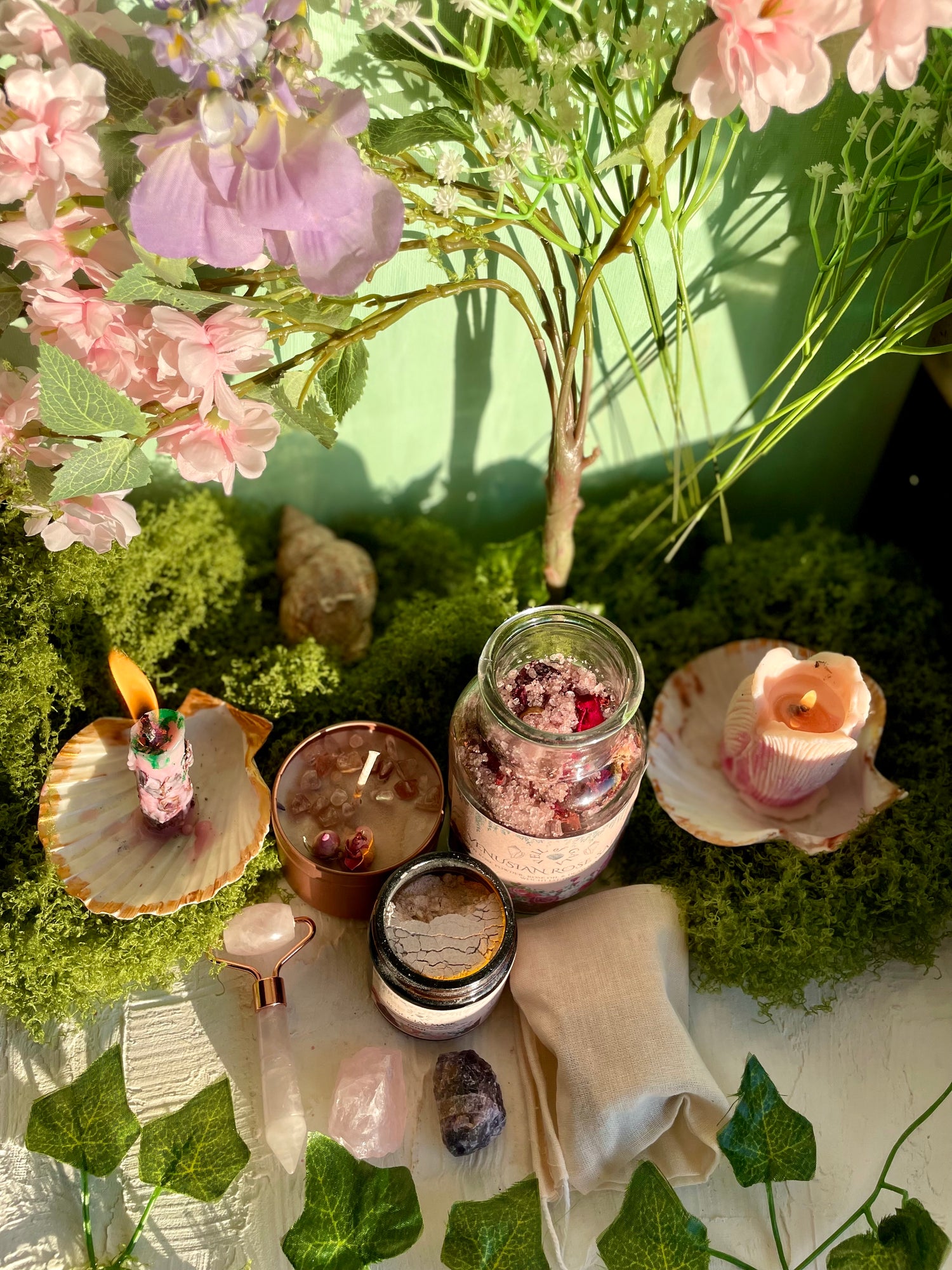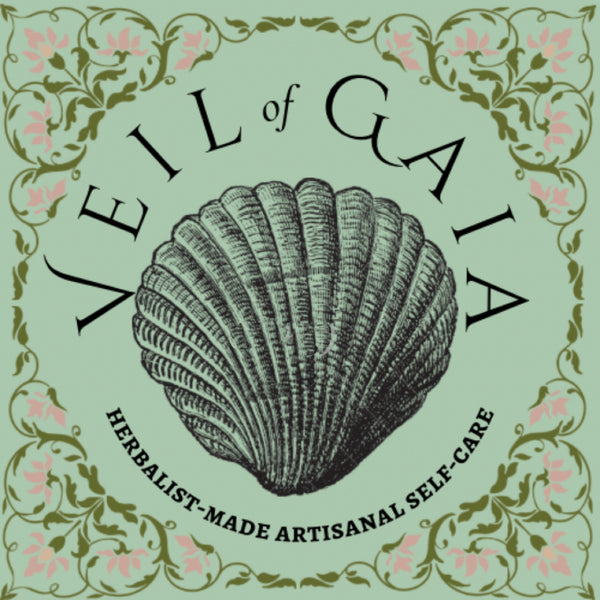Arnica

Latin Name: Arnica montana
Common Names: Mountain tobacco, Leopard's bane, Wolf's bane
Parts Used: Flowers, roots
Association: Solar Plexus Chakra, Leo, Sun/Mars
Energetics: Warming, Drying
Element: Fire
History: Traditionally used in European herbal medicine for its anti-inflammatory and pain-relieving properties. It was historically applied to bruises, sprains, and muscle aches. Native to mountainous regions of Europe and Siberia.
How To Take: Topically as a cream, gel, or infused oil. Not for internal use unless under professional supervision due to toxicity.
Contraindications: Avoid on broken skin or open wounds. Not safe for internal use without professional guidance. Contraindicated during pregnancy and breastfeeding.
Activity: Anti-inflammatory, Analgesic, Vulnerary
Uses: Relieves muscle pain, bruising, swelling, and joint stiffness. Supports wound healing and reduces inflammation.
Nutrients & Constituents: Helenalin, flavonoids, essential oils, tannins, carotenoids.
Plant Description: A perennial herb with bright yellow, daisy-like flowers and hairy leaves. Grows in mountainous regions.
Cultivation: Prefers well-drained, sandy soil in sunny or partially shaded areas. Propagate by seeds or division. Requires cold stratification for germination.

